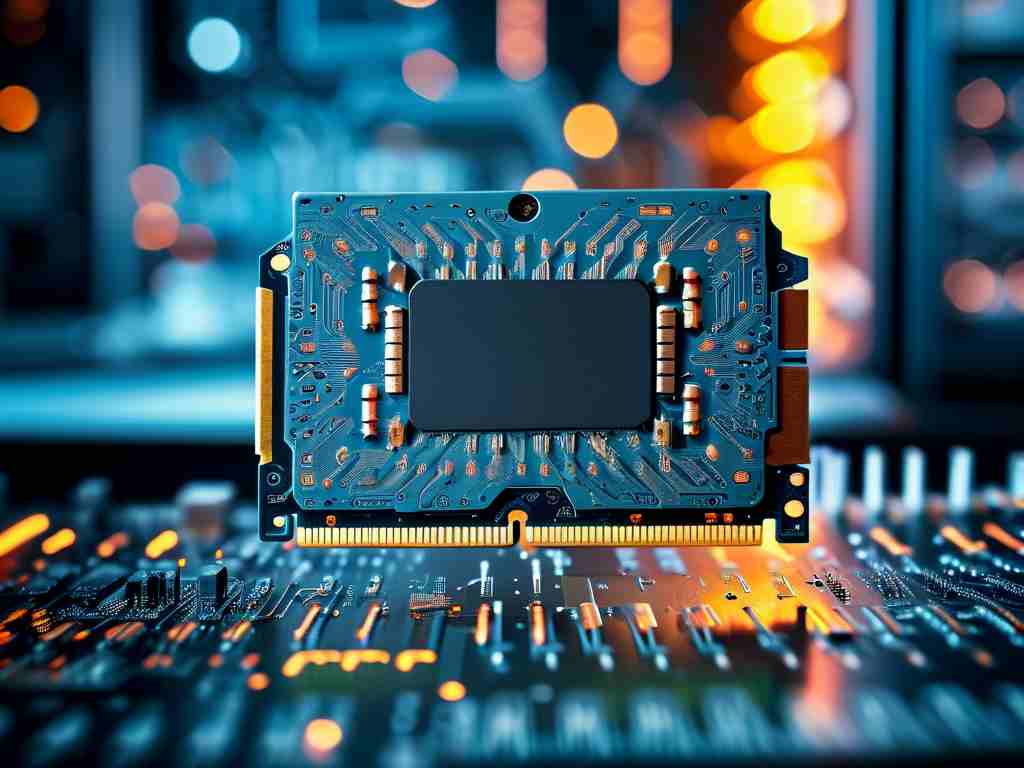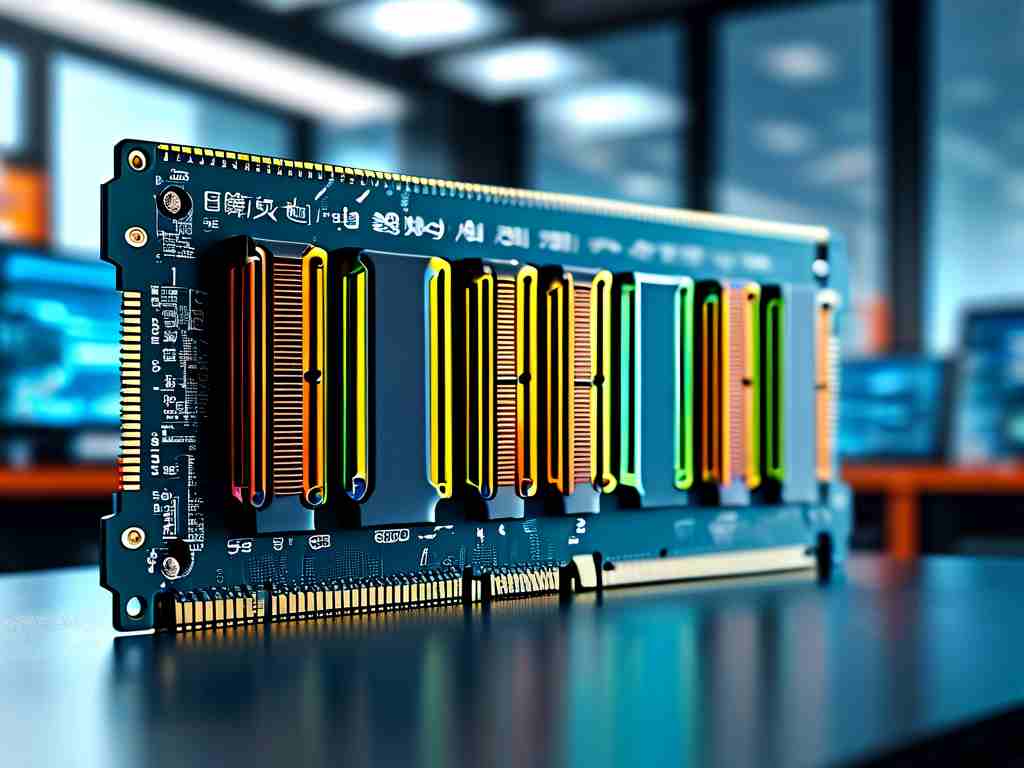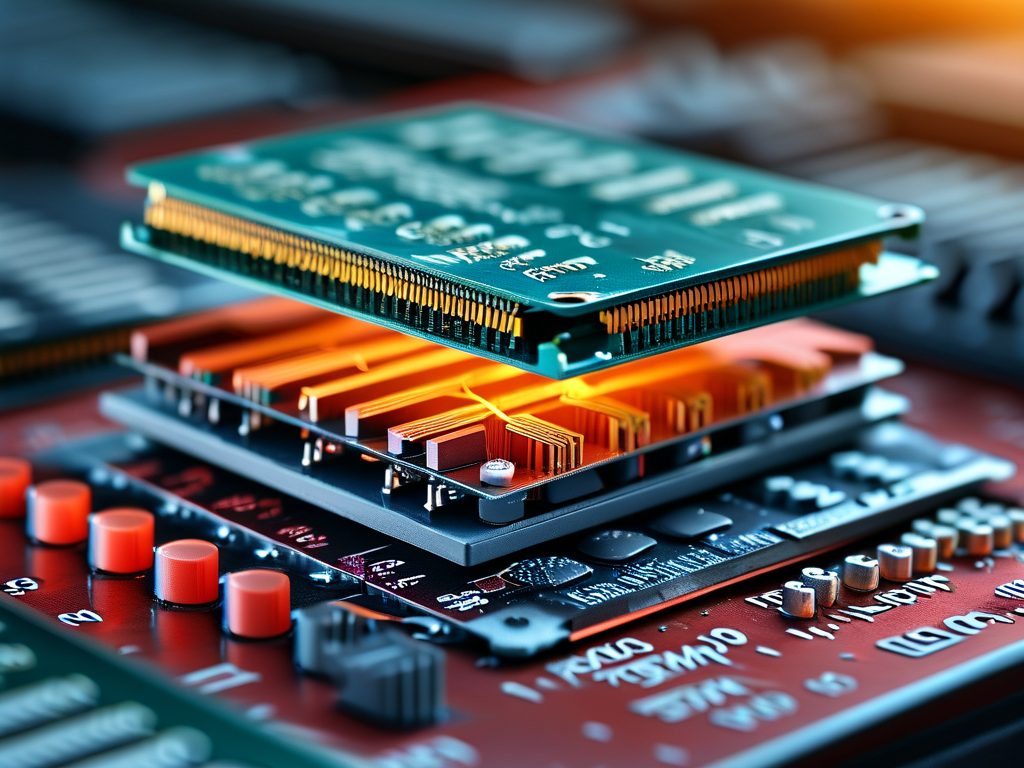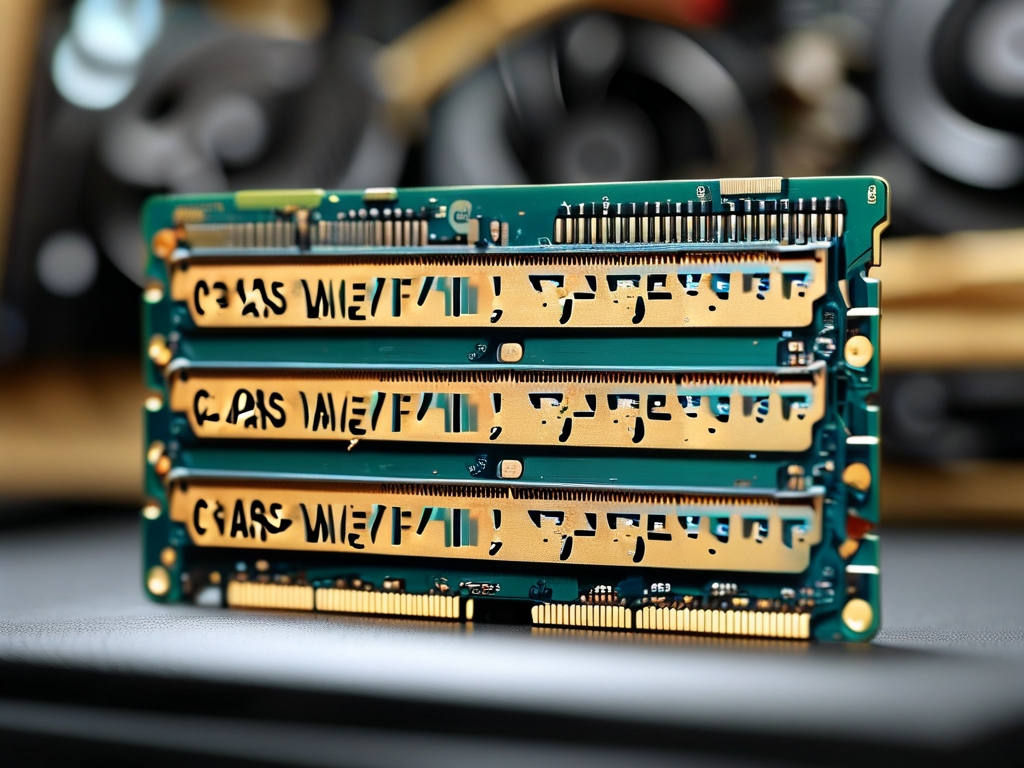In modern computing systems, memory performance remains a critical factor influencing overall system responsiveness. Among various technical specifications, memory frequency and clock cycles stand out as fundamental parameters requiring precise calculation and optimization. This article explores the relationship between these metrics while providing practical methods for accurate computation.

The Fundamentals of Memory Frequency
Memory frequency, measured in megahertz (MHz), indicates how many data transfer cycles a memory module completes per second. For DDR (Double Data Rate) RAM, this value represents effective speed rather than the actual clock signal frequency. A DDR4-3200 module, for instance, operates with a base clock of 1,600 MHz but achieves 3,200 million transfers per second through dual-edge triggering.
Clock Cycle Essentials
Clock cycle duration inversely correlates with frequency, calculated as:
Clock Cycle (ns) = 1 / Frequency (GHz) × 1000 For a 1,600 MHz memory clock:
1 / 1.6 GHz = 0.625 ns per cycle This relationship becomes crucial when synchronizing memory operations with processor requirements.
Conversion Methodology
Engineers frequently convert between frequency and timing parameters using these formulas:
-
Frequency to Cycle Time
tCL (ns) = CAS Latency × (2000 / Frequency)For DDR4-3200 with CL16:
16 × (2000 / 3200) = 10 ns -
Cycle Time to Frequency
Frequency (MHz) = (CAS Latency × 2000) / tCLIf targeting 12 ns latency with CL18:
(18 × 2000) / 12 = 3,000 MHz
Practical Implementation Considerations
Real-world applications demand attention to three critical aspects:
-
Signal Integrity Constraints
Higher frequencies increase electromagnetic interference risks, potentially requiring adjusted trace lengths or additional shielding. A 4,000 MHz module might necessitate PCB layout revisions compared to 2,666 MHz implementations. -
Thermal Management
Aggressive clocking elevates power consumption. Testing shows every 400 MHz increase beyond 3,200 MHz raises DIMM temperatures by 6-8°C under load, requiring improved cooling solutions. -
Controller Compatibility
Modern processors exhibit specific frequency ceilings. While a memory module might support 4,800 MHz, the CPU's integrated controller could limit operation to 4,400 MHz without specialized overclocking profiles.
Case Study: Optimizing Latency
Consider a system using DDR4-2666 (CL19) versus DDR4-3600 (CL22). Calculations reveal:
- 2666 MHz: 19 × (2000/2666) ≈ 14.26 ns
- 3600 MHz: 22 × (2000/3600) ≈ 12.22 ns
Despite higher CAS latency, the faster module delivers 14% lower actual latency, demonstrating frequency's impact on real-world performance.
Advanced Timing Parameters
Beyond basic calculations, engineers must account for secondary timings:
- tRCD (Row to Column Delay)
- tRP (Row Precharge Time)
- tRAS (Row Active Time)
These parameters follow similar calculation principles but require motherboard firmware coordination. For example, tightening tRCD from 18 cycles to 16 at 3,200 MHz reduces row access latency by 1.25 ns.
Future Developments
Emerging technologies like DDR5 introduce fractional clock multipliers and on-die ECC, complicating traditional calculation methods. The new standard's 32-bank architecture versus DDR4's 16 banks demands revised approaches to timing optimization, particularly for burst-length calculations and bank group switching delays.
Mastering memory frequency and clock cycle calculations enables precise system tuning and informed hardware selection. As demonstrated through practical examples and formulas, these calculations form the foundation for optimizing data transfer efficiency while balancing thermal and electrical constraints. Engineers must continually adapt their methodologies to address evolving memory architectures and increasing performance demands in modern computing environments.









